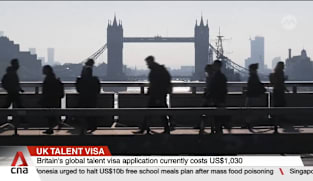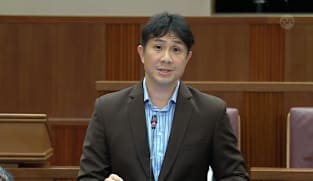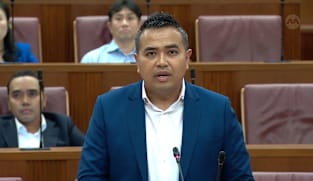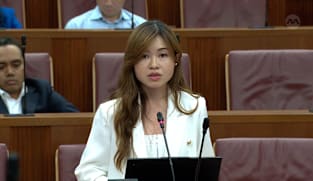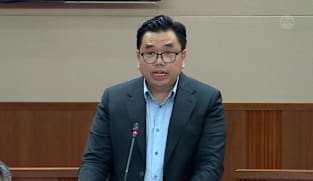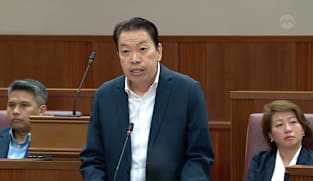Zaqy Mohamad on support for businesses in real wage growth for workers
The Government’s strategy to sustain real income growth is to continue to raise productivity through its Industry Transformation Maps to prepare workers for jobs of the future economy, said Senior Minister of State for Manpower Zaqy Mohamad. Replying to MPs’ questions in Parliament on Tuesday (Nov 7), he said besides enhancing employers’ access to talent and ensuring better labour market outcomes, the Government pays special attention to low-wage workers. They experienced good real income growth over the last five years, he said. From 2017 to 2022, real income at the 20th percentile rose 15.4 per cent or 2.9 per cent per annum. This is faster than the 1.8 per cent per annum for those at the median range. Mr Zaqy said this means that as the cost of living rose, the incomes of low-wage workers rose even more, thereby narrowing the income gap between low-wage workers and the median worker. With the Progressive Wage Model (PWM) being expanded to cover more low-wage workers, their incomes will be boosted over the next few years, said Mr Zaqy. Workers covered by the PWM can expect cumulative wage increases of up to 80 per cent by 2028. Amid a tight labour market, low-wage workers who are not directly covered by the PWM should also see meaningful wage increases as employers will have to respond to market forces to attract and retain workers, he said. To reduce the impact on employers, the Government co-funds up to 75 per cent of wage increases given to eligible low-wage workers from 2022 through 2026 through the Progressive Wage Credit Scheme. Mr Zaqy said the scheme will soften the cost impact on employers in the near term and give them time to invest in upskilling workers to improve productivity and sustain wages.
The Government’s strategy to sustain real income growth is to continue to raise productivity through its Industry Transformation Maps to prepare workers for jobs of the future economy, said Senior Minister of State for Manpower Zaqy Mohamad. Replying to MPs’ questions in Parliament on Tuesday (Nov 7), he said besides enhancing employers’ access to talent and ensuring better labour market outcomes, the Government pays special attention to low-wage workers. They experienced good real income growth over the last five years, he said. From 2017 to 2022, real income at the 20th percentile rose 15.4 per cent or 2.9 per cent per annum. This is faster than the 1.8 per cent per annum for those at the median range. Mr Zaqy said this means that as the cost of living rose, the incomes of low-wage workers rose even more, thereby narrowing the income gap between low-wage workers and the median worker. With the Progressive Wage Model (PWM) being expanded to cover more low-wage workers, their incomes will be boosted over the next few years, said Mr Zaqy. Workers covered by the PWM can expect cumulative wage increases of up to 80 per cent by 2028. Amid a tight labour market, low-wage workers who are not directly covered by the PWM should also see meaningful wage increases as employers will have to respond to market forces to attract and retain workers, he said. To reduce the impact on employers, the Government co-funds up to 75 per cent of wage increases given to eligible low-wage workers from 2022 through 2026 through the Progressive Wage Credit Scheme. Mr Zaqy said the scheme will soften the cost impact on employers in the near term and give them time to invest in upskilling workers to improve productivity and sustain wages.








